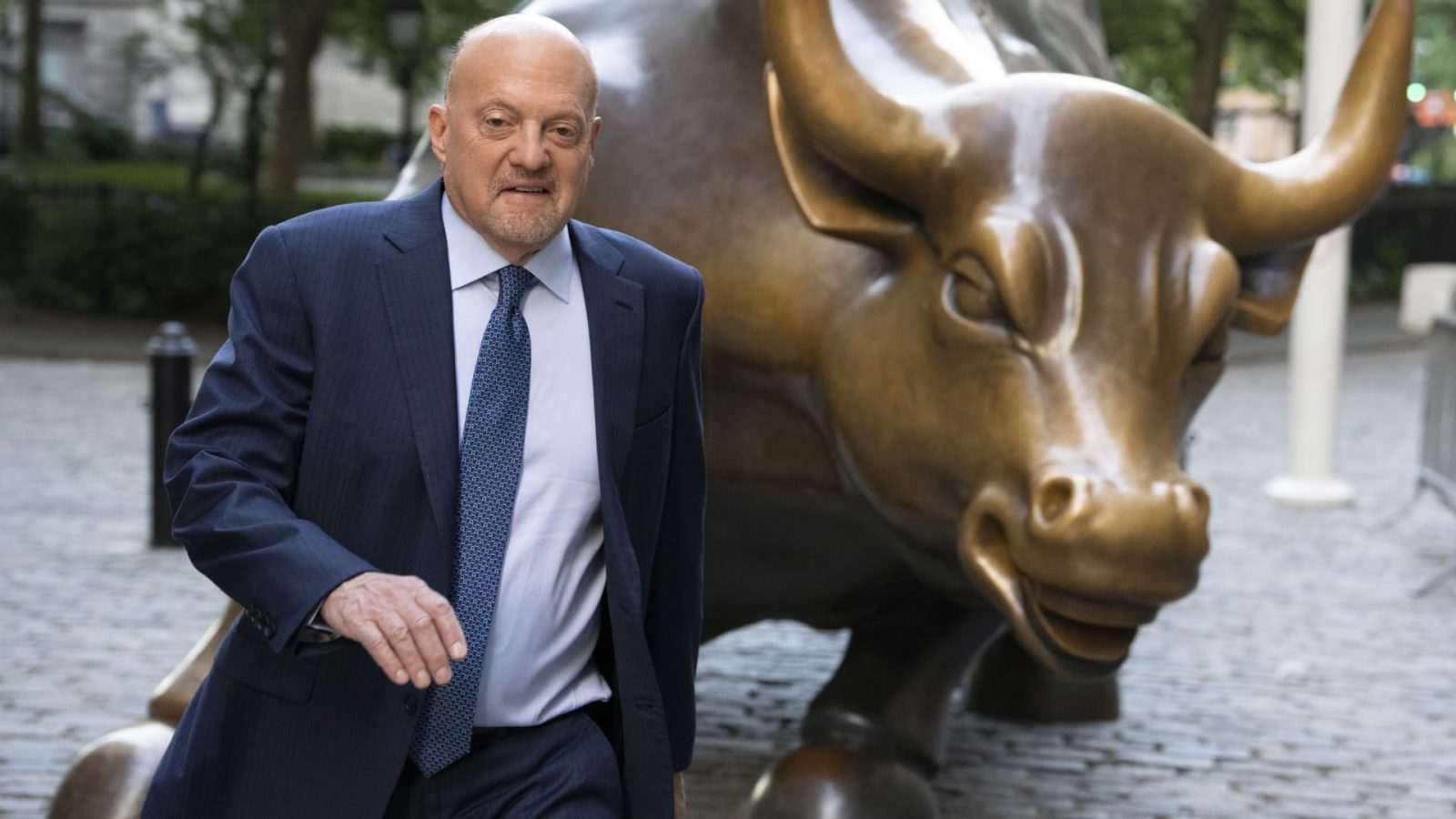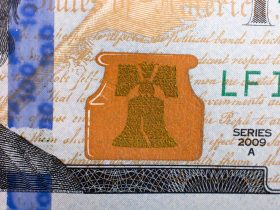If you don’t know a soul that is bullish — and I mean flat-out positive — you may need some new friends. We will soon see the demise of the inverted yield curve, revealing all of the bears to be the financial equivalents of undrafted free agents and failed walk-ons. I don’t care at this point if we get a few more interest rate hikes, so long as the move is done slowly over time. That may sound odd, but a healthy economy brings a demand for money. And we just might have a healthy economy. Under what scenario is that bullish? How about a historical one. We are putting the era of tepid demand and artificially low rates behind us and the consequence is a natural flow of funds. And we have had some tremendous bull markets take off from these rate levels, ones that, alas, didn’t need further tightenings by the Federal Reserve. Which bring us to the urgency this week. The consumer price index, which gets reported on Thursday, must grind to 2% from 3% and stay there. We’ve had two good months of readings. If we get a third, I predict the Fed goes for the jugular by giving us two more quarter-point hikes and then declares a sotto voce victory. Add a decent initial public offering from Softbank’s Arm Holdings and no strike from the United Auto Workers and we’ve run the gauntlet. The latter seems almost ludicrous with Trotskyite Shawn Fain at the helm of the UAW — hey, Russian revolutionary Leon Trotsky wanted the workers to own the means of production and Fain seems to agree. But it can’t be ruled out, especially if Fain just picks Stellantis (STLA) because it is the most out to lunch. What happens if we get through the gauntlet intact? What makes me more bullish than any time in months is that the bearishness has only increased and the market lacks champions other than the usual gang who have distinguished themselves but have few disciples. You can pick companies now that may have good quarters and really see things rip. Consider what happened with off-cycle reporter Lululemon (LULU)? You might see a lot more of those. The most important sector might be the totally moribund financials. There could be one last gasp of last-war-fighting that will play into the hands of the largest, best-capitalized banks. A better IPO market could actually ignite the group. We potentially have a new winner: takeovers. I don’t know if anyone noticed that after the stunning rebuke of the Federal Trade Commission’s fight to block Microsoft’s (MSFT) merger with Activision Blizzard (ATVI), regulators backed down from challenging the proposed deal between Amgen (AMGN) and Horizon Therapeutics (HZNP). That was hugely important because it signaled that if there is no overlap, deals will get done. For the record, the FTC’s case was a true abomination. It suggested that Amgen would be able to hold the pharmacy benefit managers hostage through the deal, even as CEO Robert Bradway could prove that Amgen has never done that and he swore to never do so. I believe the FTC staff told FTC chief Lina Khan that you can’t bring a losing case to federal court without risking laughing status. So she’s off to attacking the greatest consumer bargain of all time in Amazon (AMZN) on behalf of merchants who have been forced to cut their prices to customers. If Khan can be dislodged, demoted or just much less of a factor, you will have the two most lucrative banking lines — mergers and acquisitions and underwritings — come back. That means we go higher. Remember, we lost the banks a long time ago. Their return could switch the spotlight away from tech, which would be a godsend. At the same time, we do need one other component to ramp: an end of the endless rally in oil, something that is being driven by the Saudis who must want a return to a Trump regime with its close ties to them as well as a pro-fossil fuel attitude in the White House. Right now, they are getting away with it because the U.S. producers are holding back, looking for an increase in the return of capital to shareholders instead of more production. Still if we catch a break in oil, tamer rates at least for a week, and stronger equity capital markets, there will be a conversion to the bullish camp, especially if the mega-caps — all of them, including Apple (AAPL) — stabilize. Our hands are a bit tied. We have bought the prospective winners here, pretty much all the way down except for GE HealthCare (GEHC), which must find a bottom. We sat on our hands for the losers, because we want to see Foot Locker (FL), Estee Lauder (EL), Disney (DIS) and Bausch Health (BHC) actually go higher. You don’t want to touch these unless there are buyers with you. But if you have not bought anything, it is time to pick up shares in Morgan Stanley (MS) or Wells Fargo (WFC), Honeywell (HON) or even Oracle (ORCL), although the latter reports Monday after the bell. Some of you might say I am a flip-flopper. I say I am a naked opportunist and I feel naked and alone right now in saying we might have a bunch of things that could break the bulls’ way. Why miss it? (See here for a full list of the stocks in Jim Cramer’s Charitable Trust.) As a subscriber to the CNBC Investing Club with Jim Cramer, you will receive a trade alert before Jim makes a trade. Jim waits 45 minutes after sending a trade alert before buying or selling a stock in his charitable trust’s portfolio. If Jim has talked about a stock on CNBC TV, he waits 72 hours after issuing the trade alert before executing the trade. THE ABOVE INVESTING CLUB INFORMATION IS SUBJECT TO OUR TERMS AND CONDITIONS AND PRIVACY POLICY , TOGETHER WITH OUR DISCLAIMER . NO FIDUCIARY OBLIGATION OR DUTY EXISTS, OR IS CREATED, BY VIRTUE OF YOUR RECEIPT OF ANY INFORMATION PROVIDED IN CONNECTION WITH THE INVESTING CLUB. NO SPECIFIC OUTCOME OR PROFIT IS GUARANTEED.
If you don’t know a soul that is bullish — and I mean flat-out positive — you may need some new friends.
We will soon see the demise of the inverted yield curve, revealing all of the bears to be the financial equivalents of undrafted free agents and failed walk-ons. I don’t care at this point if we get a few more interest rate hikes, so long as the move is done slowly over time. That may sound odd, but a healthy economy brings a demand for money. And we just might have a healthy economy.
Read the full article here











Leave a Reply